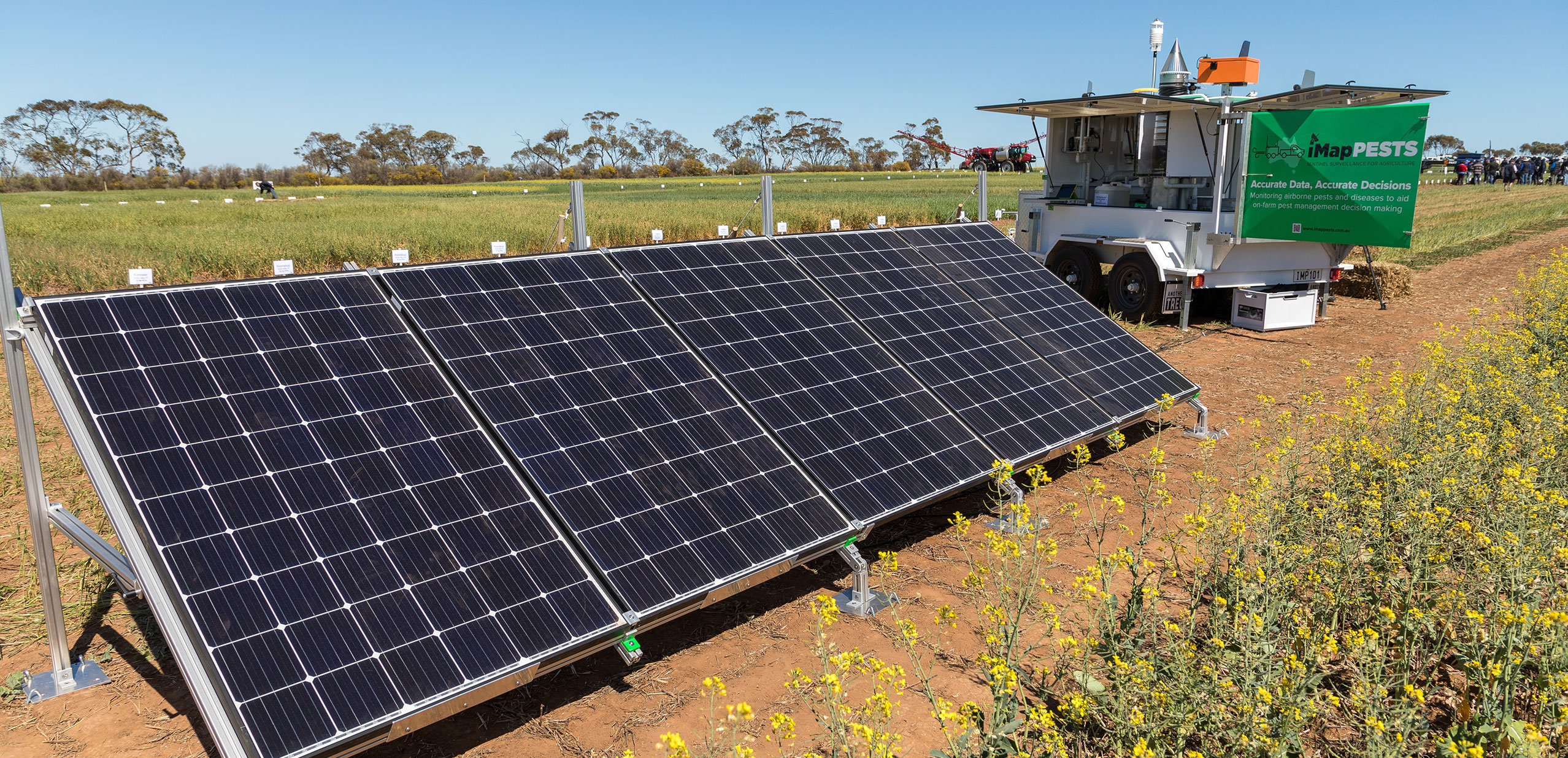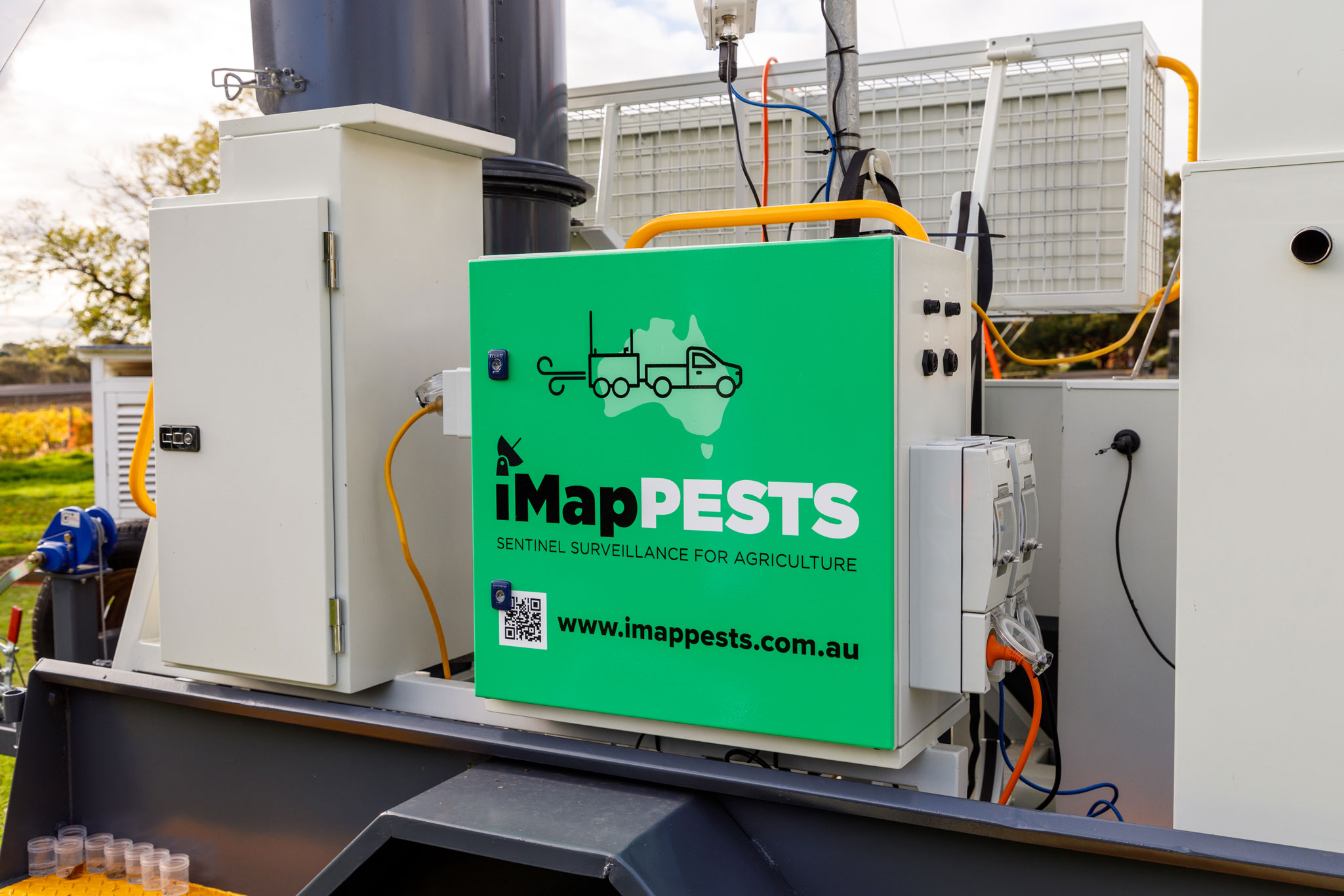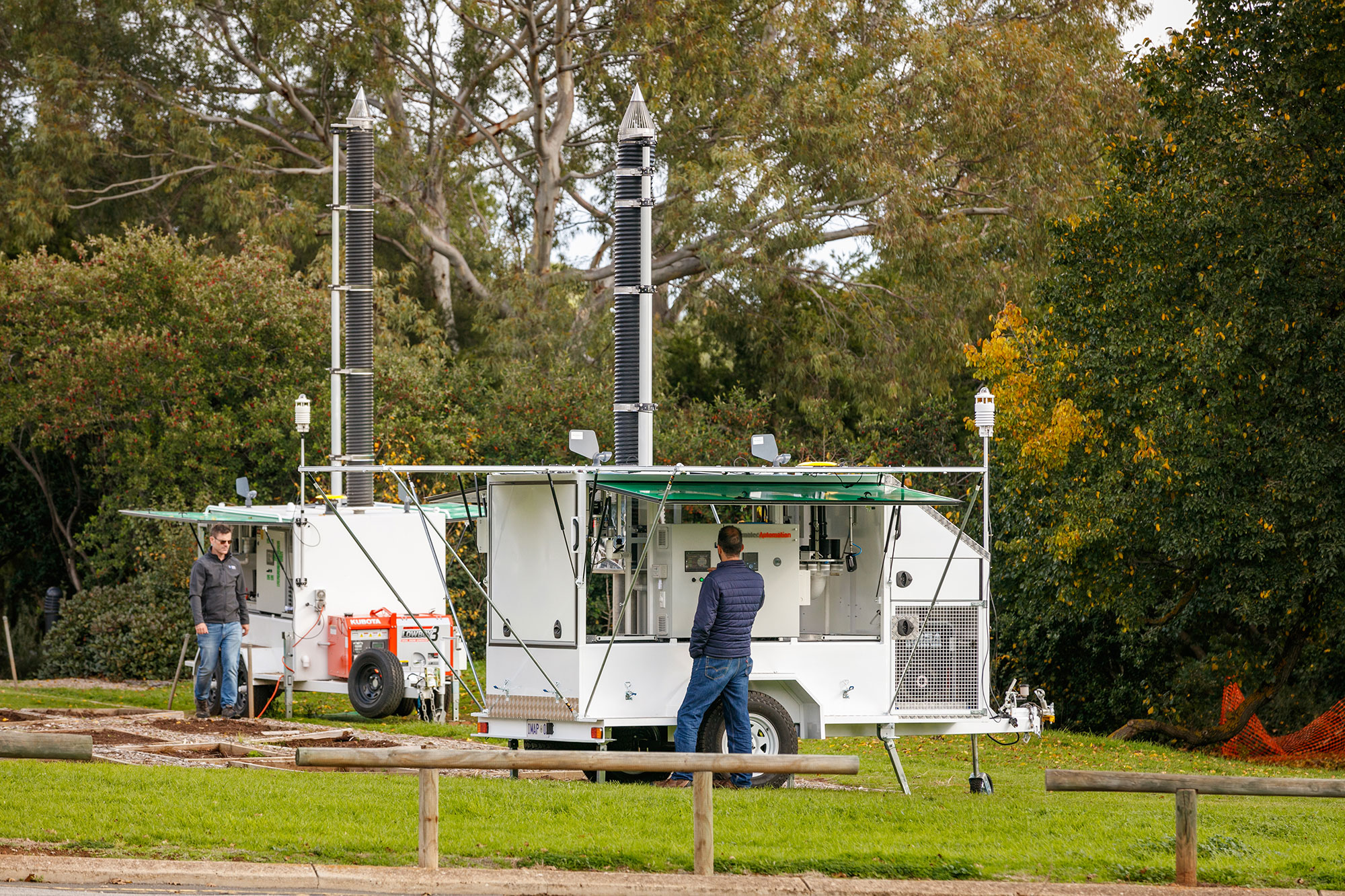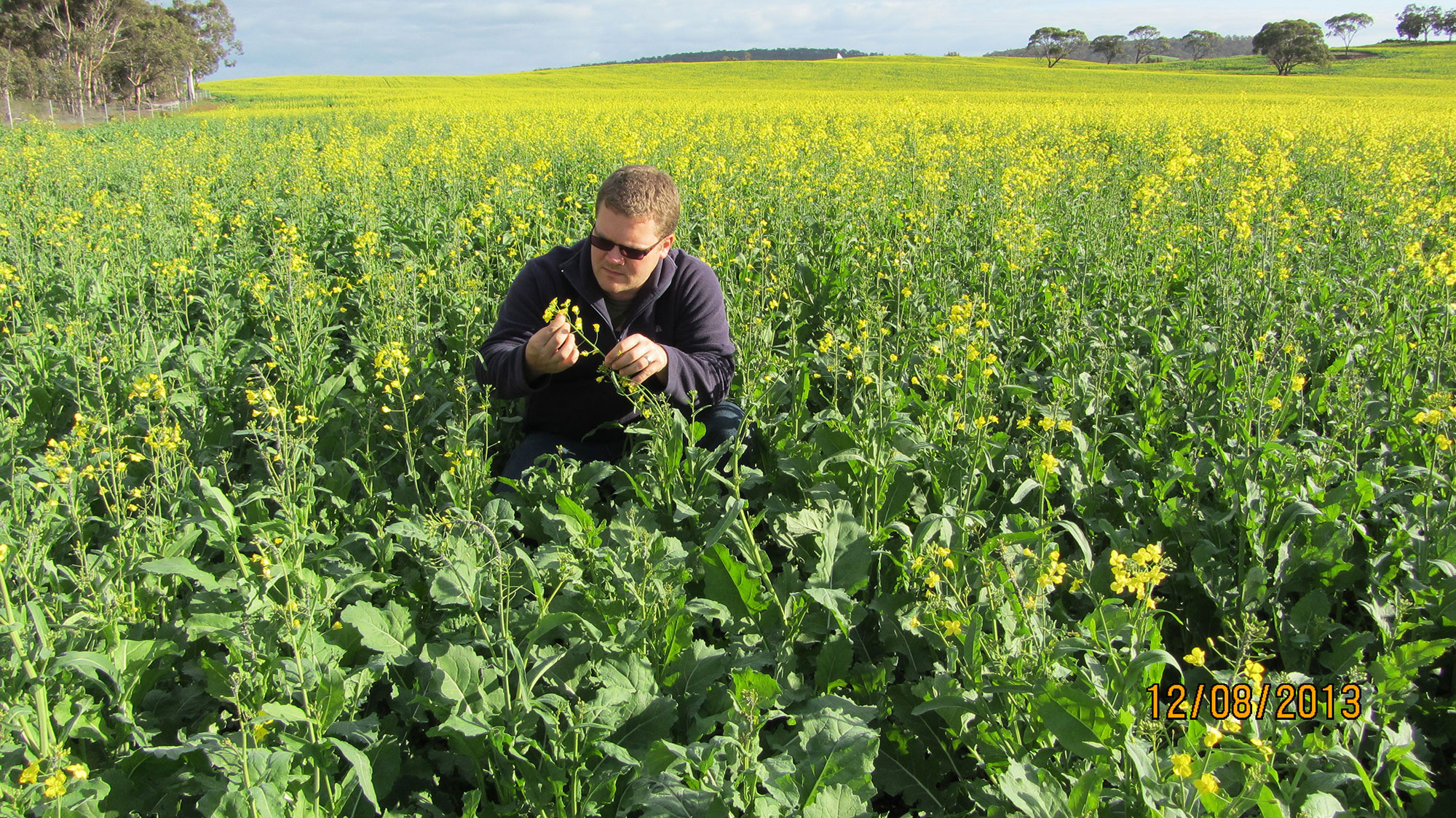Surveillance
Advanced surveillance technologies, such as automated trapping and sampling, for detecting and monitoring a wide range of endemic and exotic plant pests are being developed to support the national, cross-industry smart surveillance initiative.

South Australian Research and Development Institute (SARDI) are developing a suite of mobile surveillance units (‘Sentinels’) that combine specialised trapping technology for airborne pests and diseases with cutting edge detection and molecular diagnostics systems. The Sentinels will be optimised for new and established high-throughput molecular techniques to target high-priority pests and diseases. The suite of Sentinels are equipped with power supply, climate sensors, telemetry & a control panel to remotely monitor & control the units.

The Department of Primary Industries and Regional Development (DPIRD) will provide additional surveillance data by integrating an existing network of automated smart traps/sensors that are currently being trialled in-field as part of the Western Australian grain surveillance program. Aiming to improve field intelligence for key pests and diseases using automated imaging systems for remote surveillance of aphids and canola Sclerotinia apothecia germination, rapid in-field molecular diagnostics (LAMP) for aphids and virus within the aphids and plants, and automated moth traps for remote surveillance of native budworm flights into crops. These remote surveillance systems will be deployed at a minimum of 8 grain belt locations and timely information disseminated through media such as PestFax.





